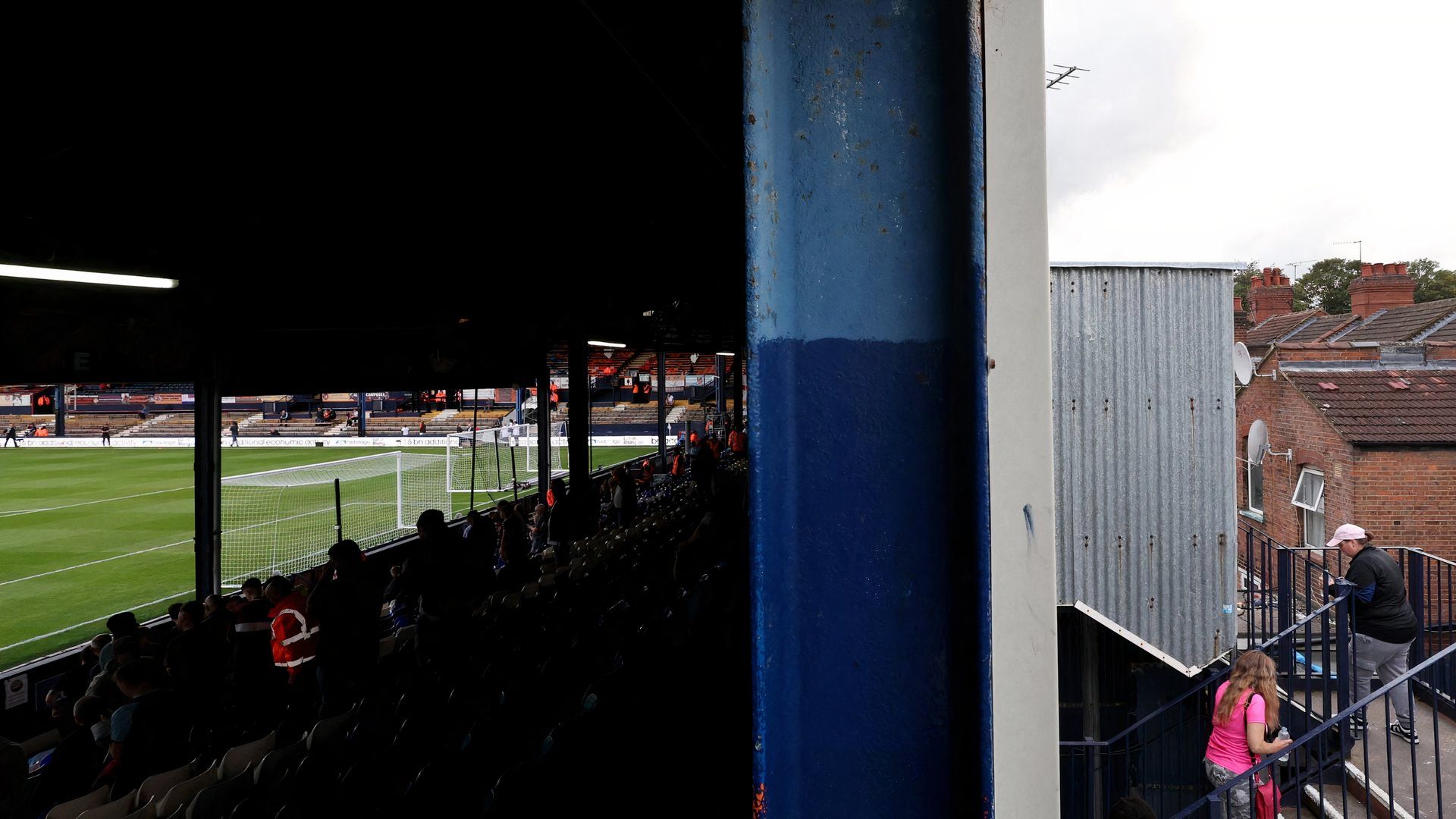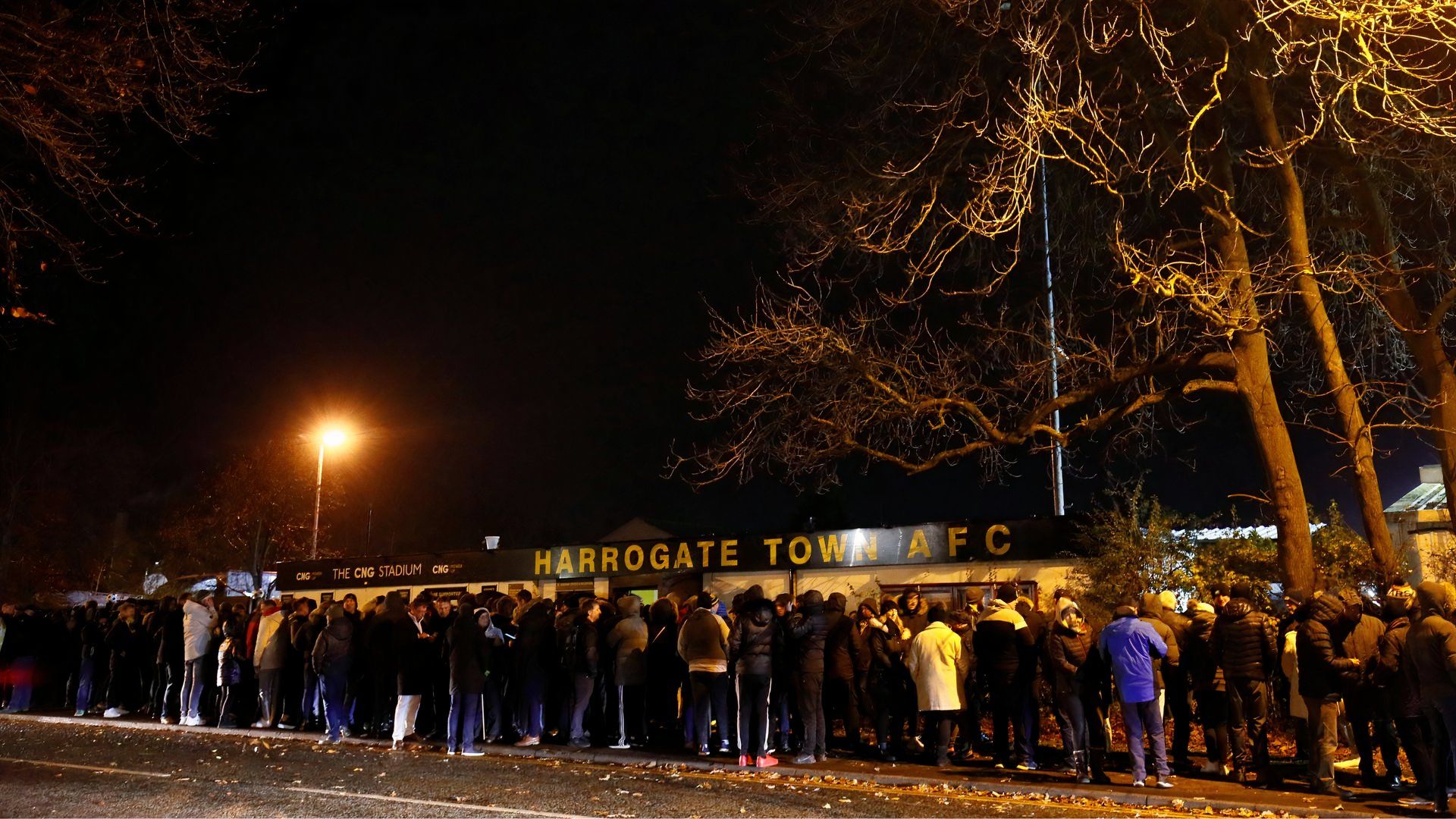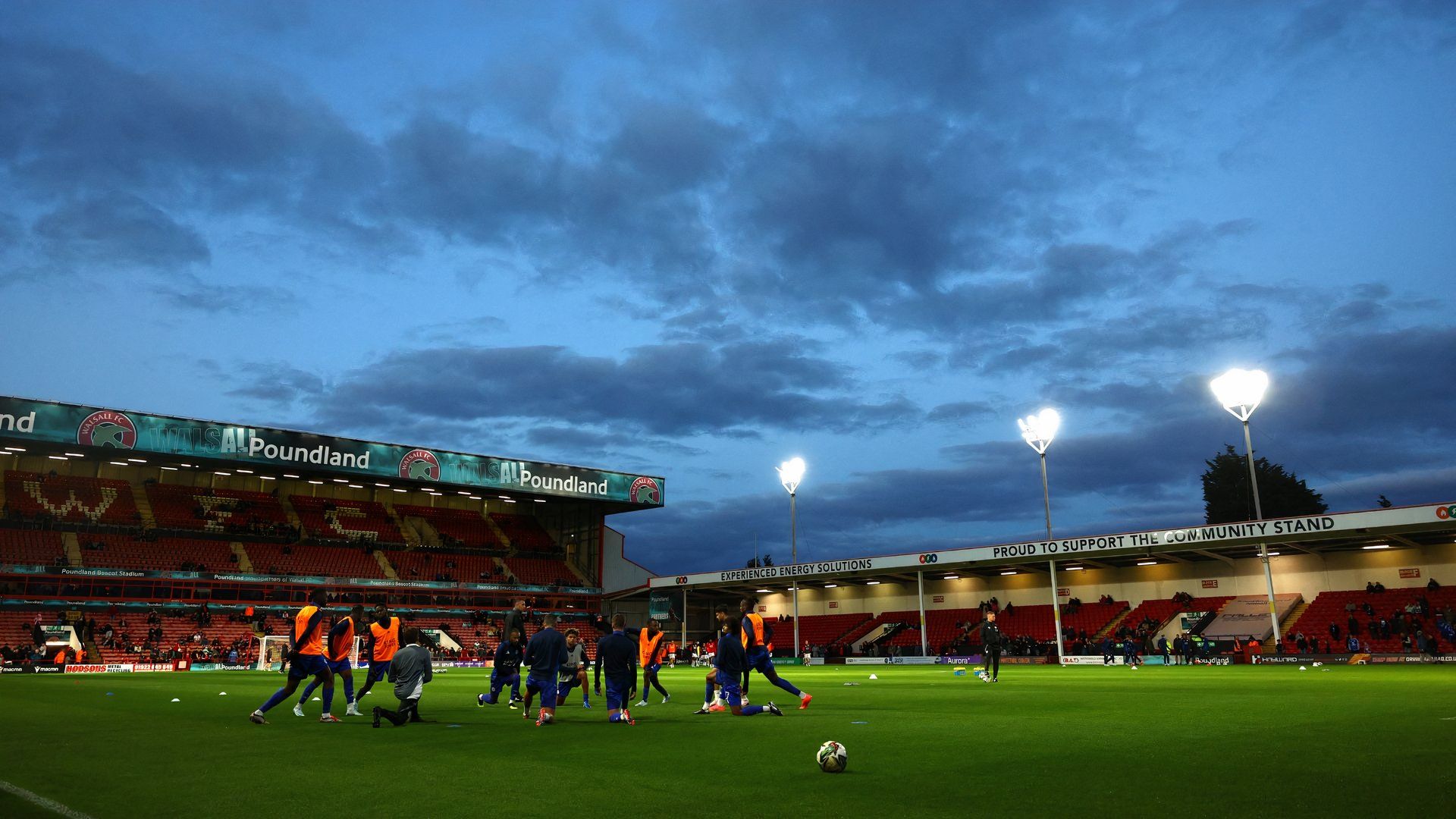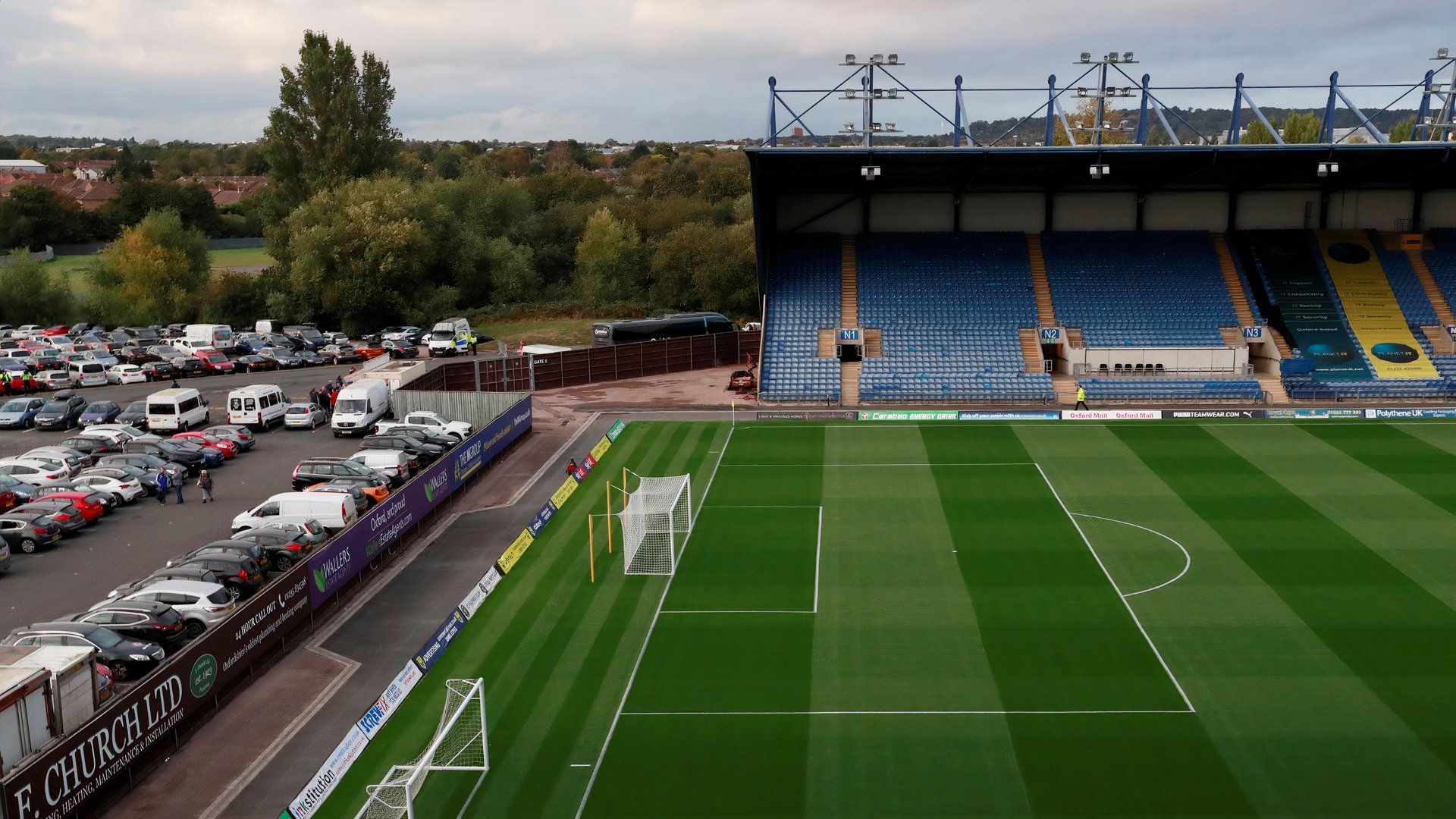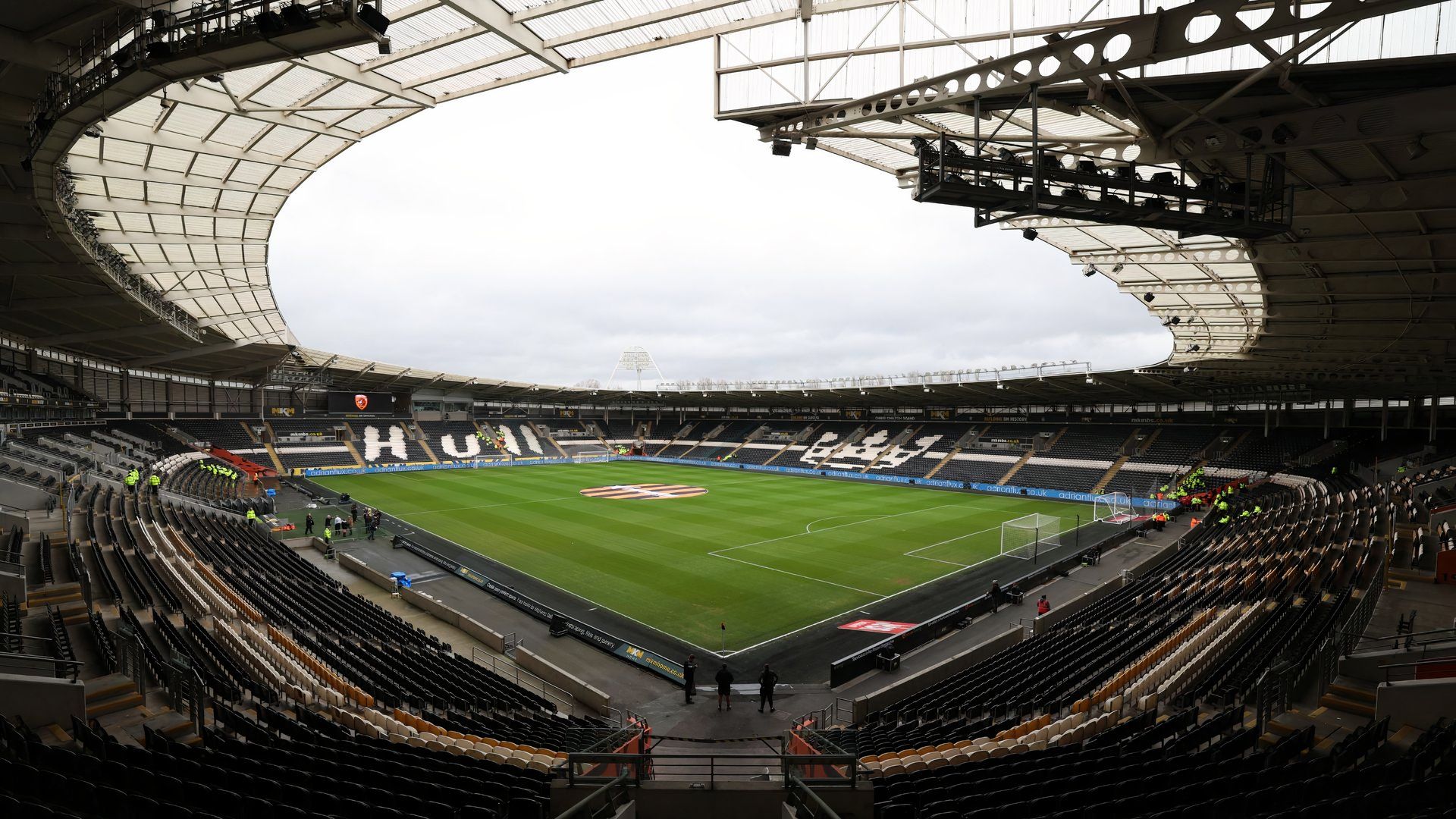
Luton Town – Kenilworth Road
Kenilworth Road was bound to feature on this list, and due to its notoriety, takes the number one spot.
The stadium has been home to Luton Town since 1905 and has seen many great and disappointing moments, especially in the past 30 years as the Hatters endured a plight from the first division to non-league, before enjoying a remarkable roll-reversal that ended in 2023/24.
The Kenny has become famous for its away end more than anything else, with visiting supporters crammed into the Oak Stand where the turnstiles are sandwiched underneath terraced houses, and back gardens can be seen when walking into the stadium and through gaps.
Unfortunately, one of the most high-profile experiences in the EFL cannot be enjoyed for much longer, with Luton hoping to move into the new Power Court stadium by 2027, which will hold a capacity twice the size of their spiritual home.
Throughout the EFL, there is a great variety of old-school, modern, small and large stadiums that have been weaved into the history of football in this country.
Each fanbase within the Championship, League One and League Two will always argue that their respective stadium is the best out of 72 due to a number of sentimental reasons, quirks and general history that has become associated with it.
The ambition of certain clubs within the second, third and fourth tiers also means that some of the most historic grounds in the country won’t be standing for much longer, with visiting supporters who have perhaps never attended a game at a stadium which falls under said category, desperate to make it a ‘ground-tick’ in the short period of time left to do so.
| EFL Average Attendance Figures – 24/25 | Total |
|---|---|
| Championship | 22,069 |
| League One | 10,121 |
| League Two | 6,149 |
| All Stats as per Footy Web Pages | |
With that in mind, FLW has ranked 20 stadiums in the EFL that must be visited.
20Harrogate Town – Wetherby Road
Beginning this list is Harrogate Town’s Wetherby Road stadium, which is the smallest in the EFL with a capacity of just 5,000.
The Sulphurites have become part of the furniture in League Two ever since their promotion in 2020, and despite coming bottom of the pile in terms of size, still had the third-lowest average attendance in the division in 2024/25 with a figure of 2,968.
The stadium has been expanded three times since opening in 1920, and who knows what could happen in the future if Simon Weaver’s side were to start challenging for promotion?
19Barrow AFC – Holker Street
Next up is Holker Street, the stadium which Barrow have called home since 1909.
The club’s locality often makes it challenging for their own players, never mind opposition supporters, with the Bluebirds’ training ground situated in Salford, some 96.8 miles away from the Cumbrian town.
Over 1,000 new seats were installed in May 2023 so the stadium complied with EFL membership criteria, creating a small mismatch of temporary and permanent stands across the stadium and a feeling of uniqueness that is rarely matched in other stadiums, especially higher up the EFL pyramid.
18Walsall – Bescot Stadium
The Bescot Stadium was built at a cost of £4.5m back in 1990, and has seen plenty of ups and downs as the current home of Walsall.
Due to its extremely close proximity to the M6, it has become a running joke among supporters across the country to pass it en route to another ‘away day’ more than any other stadium, but Saddlers supporters have continued to generate a strong atmosphere inside the 11,300-capacity ground.
Ironically, the record attendance in WS1 came on the final day of the 2003/04 Division 1 season, with the West Midlands side defeating Rotherham United 3-2, despite being relegated on goal difference.
17Oxford United – Kassam Stadium
A stadium with yet another quirk attached is the Kassam Stadium, where Oxford United have played since August 2001.
Despite having a capacity of just 12,500, the stadium has become notorious for having just three stands, with away supporters in the North Stand looking out onto a car park and the Ozone Leisure Park on their left-hand side.
Although the Kassam is just over 20 years old, the U’s are looking to move to a 16,000-capacity stadium in Kidlington in the near future, and were recently granted a two-year extension to the lease at their current ground to provide some form of short-term stability.
16Hull City – MKM Stadium
Hull City moved to the 25,586-capacity MKM Stadium in December 2002, as the £44m project was seen as the main catalyst behind the Tigers’ rapid rise from League Two to the Premier League in the mid-2000s.
Hull’s fluctuating fortunes since the turn of the century has led to a variety of attendance figures, and despite being a stereotyped ‘bowl’ design, the ground is also unique, as it is the only professional stadium in the country to be set in parkland, placed right in the heart of West Park, approximately 15 minutes from the City Centre.
Ever since Acun Ilicali’s takeover in January 2022, the MKM has also gained a reputation for having the best catering range in the top four divisions, with a variety of street food on offer to home and visiting supporters.
